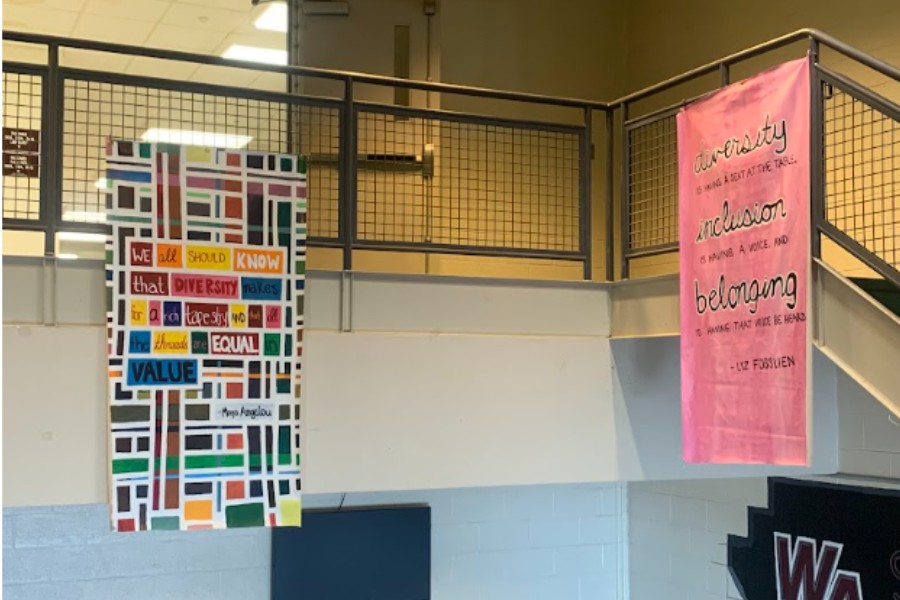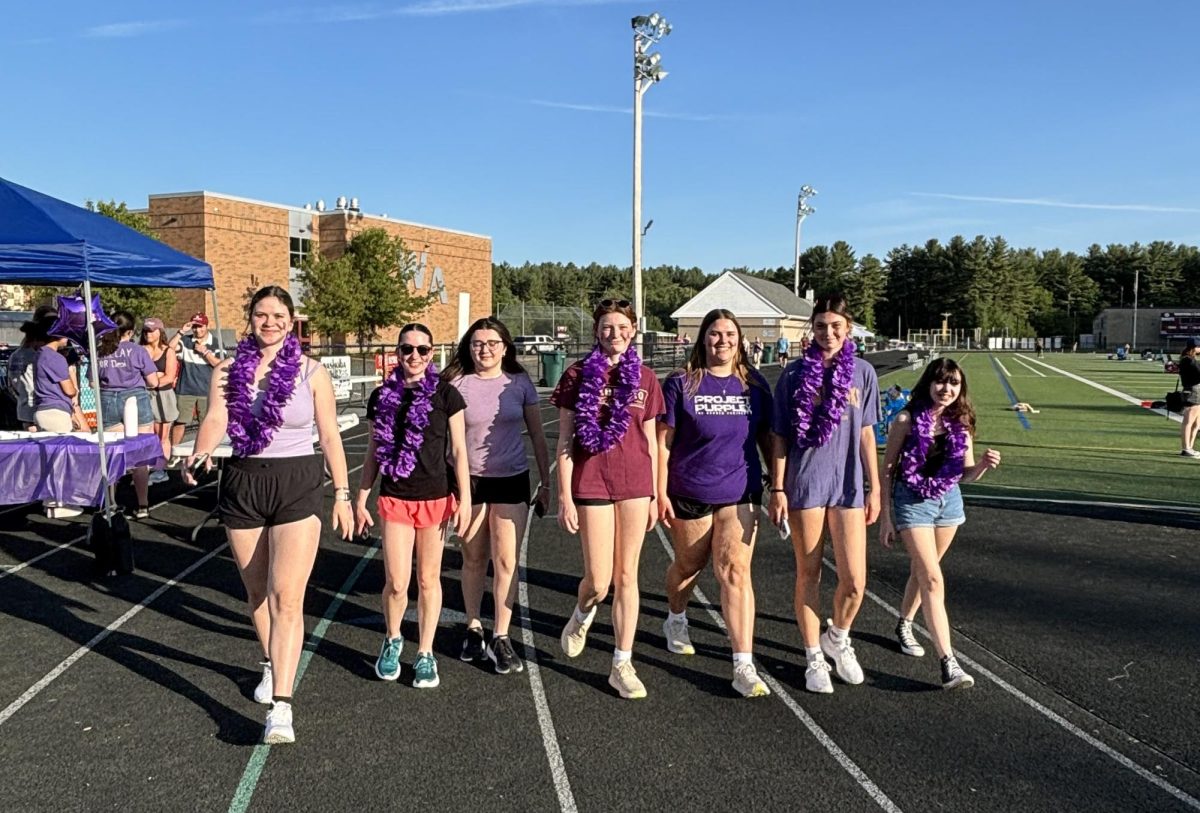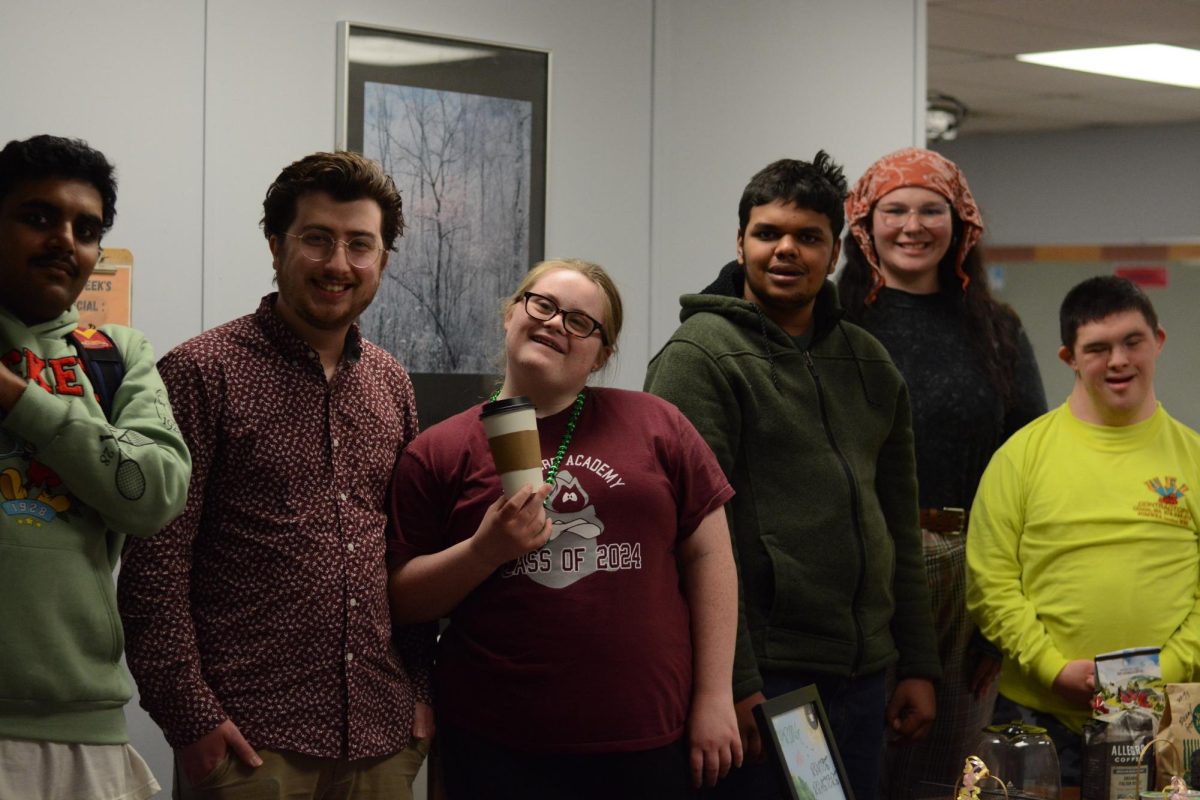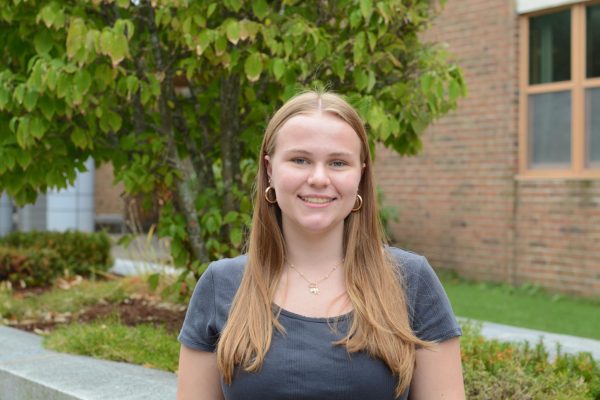A lot of students that are in Westford that require special education need more support than the resources that Westford’s current program for students 18-22 provides. That is why Westford is improving their program to help these students be more independent and learn some vital life skills.
The 18-22 program that is currently implemented at Westford Academy has been around for at least the past ten years and is geared towards helping special needs students be successful in the world and learn life skills over the four years after high school.
According to student support leader Sejal Costa it does not currently meet many students’ needs and it is ready for a change. This change will come with an increased amount of resources, freedom to do more creative work, and the program moving locations. This improvement will be able to accompany all student’s needs and help everyone who qualifies to participate in the program.
“[The importance of student education] was part of the reason why I was looking at that program to see what I could come up with or develop that would be building a more robust program, that would help meet the needs of more of our students,” Costa said.
In order to get the program up and running, it has been a focused team effort at the administrative level. One thing they were looking at was deciding to move locations from WA because they hope to expand it and provide better support for students. Currently, many students are moving to different districts to participate in similar programs that have better support systems than Westford.
The Millenium building, sitting behind the Abbot Elementary school, is currently the primary area considered for the program to operate out of. It has more space and will open up many opportunities for different types of activities and experiences that will help the students develop life skills. This includes being able to have a kitchen or model laundry room.
“[The Millenium building] is going to have a whole kitchen setup, and a whole apartment setup, so the students can practice things like making their bed and cooking their food,” Student Support teacher Roni Elliott said. “[Also] hopefully get more community based jobs, rather than [having the jobs be at] Westford Academy [like we do now].”
The students will also be able to experience an introduction to working or program based jobs. Students would have many different types of opportunities to be able to have vocational exposure. They could work within the community, job shadow, have an internship, get trained in a particular job, or even have a component of college weaved into it. Being able to go out and experience this for the students themselves will teach them to know their responsibilities and workload in a job.
“There are students currently in another [out-of-town] placement where [the new program] is the program that they are participating in, and if we had that program established here, they could actually be experiencing it in the community of Westford,” Superintendent Christopher Chew said. “Rather than needing to go to a different community where they might be creating relationships with a business, but then not really be able to participate in that business when they’re 22.”
Bringing more students into Westford’s program will be more beneficial for both the student and program’s future. Having more participants in the program will allow more opportunities for individuals to learn communication skills and collaborative work, in turn benefiting the continuation of the group.
With the new changes, students will be able to experience life outside of high school and what it feels like to have less structure in the adult world.
“[Students are] also engaging with adults, and […] we’re all adults once we’re 18, so this also allows [the] program’s highest level of interaction [to] be with adults, not with other peers,” Costa said.
Despite lingering cuts to the school budget, this program would not contribute to the issue. Westford currently funds sending students who need more support to other districts’ programs, and this funding will be rerouted to offset the cost required to run the program.
The startup cost for the program next year will be less than or equal to one year of the town paying for out of district students, for the second and any further years, it will be less than any of the out of district placements. According to Costa in the long run it is a saving component for the district.
Currently within the program there is only one student. However, next year, seniors at WA who are currently in the REACH program and possibly students from surrounding towns will join the program. Having larger amount of students will create more opportunities and will fill the program with much more engaging and fulfilling classes such as academic, communicative, daily living, occupational therapy, and vocational work.
According to Costa, students will now be able to get more out of this program, especially with the new individually tailored schedules.
Each daily schedule will be individualized for students, and they will be given different classes or jobs that will bring them closer to their goal. Whether their goal is to someday live alone, to gain more independence, or to be able to hold down a stable job, this program hopes to provide a variety of choices.
“[The scheduling] has been pretty individualized, it has been [for a long time] because it kind of depends on the kind of student you have, whether they’re capable of going out, having a job part of the day or whether they’re more home based,” Elliot said.
Each student’s day will be made up of standard academics, and students will be placed in a class or small group to work on and build the skills they have learned from high school. They will also have time for vocational work and program-based jobs, with certain field trips that will broaden their skills.
Although, for students to be able to participate in this program, they legally are not allowed to accept their diploma. Students who qualify for this program and want or need to join, cannot get their diploma until they are prepared to leave the program. If students decide to accept their diploma anytime throughout the program, then they can start their independent life early. Alternatively, students have the choice to transfer to an adult program which will expand their studies.
The main goal of this program is to help the students who are currently in special education be able to gain independence and be supported for the one to four years of extra help that they are given. This way, they can lead a healthy and sustainable life for themselves.
“Working with the [18-22 program] kids is nice because you’re helping them try to figure out what they want to do with their life and trying to help them set goals and meet those goals. So it’s kind of an exciting time of life [for them],” Elliott said.








